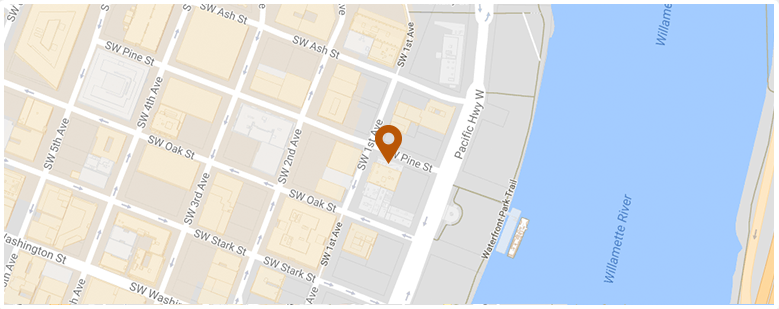Portland residents began to get some sense this week of how the “street fee,” the proposal to help fund city roads and maintenance that has been debated all summer, may eventually help to improve health and safety around our city.
According to an article published this week in The Oregonian, “the (city’s) Transportation Needs and Funding Advisory Committee (this week) produced the most detailed list to date of potential transportation projects.”
Though explicitly described as a “wish list,” – a fact designed to indicate that not all of the projects listed in the report will be funded, and that some may be funded at different levels from those recommended in this report – the document does offer some sense of how city leaders would like to allocate the revenue raised by the Street Fee. According to the newspaper “The list included an estimated $109 million in dozens of specifically identified sidewalks, pedestrian crossing, bicycle and other safety projects.” The estimate is “based on roughly $35 million annually in net revenue for a six year period.”
I do not want to use this space to debate the merits of the Street Fee, but if we are going to have it here in Portland it is important that the money be spent carefully. According to The Oregonian, over a six-year period the fee may lead to significant sums being invested in safe routes to schools ($24 million), neighborhood greenways ($6 million), protected bike routes ($9.6 million) and improvements to street crossings ($14.4 million). The key there is the word “may.” For all of us as Portlanders it is important that we get involved in this and other civic affairs to ensure that Street Fee monies are spent wisely.
As a Portland attorney focusing on public safety and personal injuries I am glad to see a proposed Street Fee project list that emphasizes public safety. Perhaps even more importantly, all of these expenditures have the potential to yield secondary benefits that more than justify their cost. The emphasis on improving safety along auto routes where crashes are prone to occur, for example, has the potential to save every Oregonian money down the line in the form of reduced medical and emergency services bills. The same can be said of the money invested in protected bike routes. Especially important for their inclusion in the list are ‘safe routes to schools’ – a category that promises protection for our children, a benefit that any parent puts above and beyond whatever money may ultimately be saved in infrastructure costs.
The Oregonian: Portland street fee: City unveils potential six-year wish list for safety projects topping $109 million
 Oregon Injury Lawyer Blog
Oregon Injury Lawyer Blog


